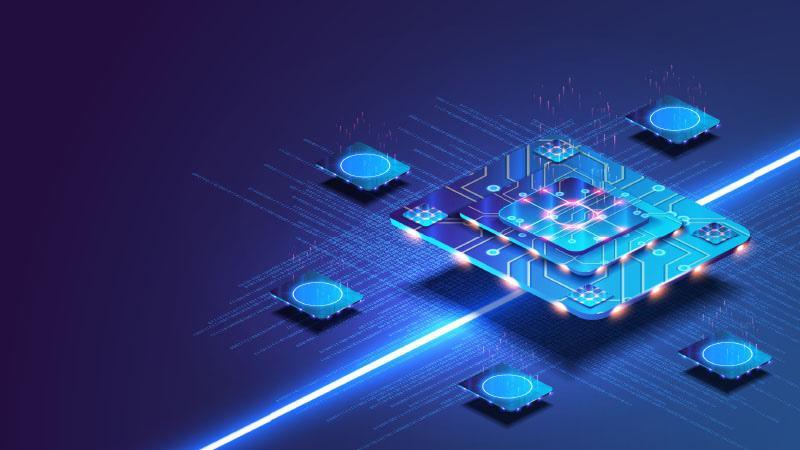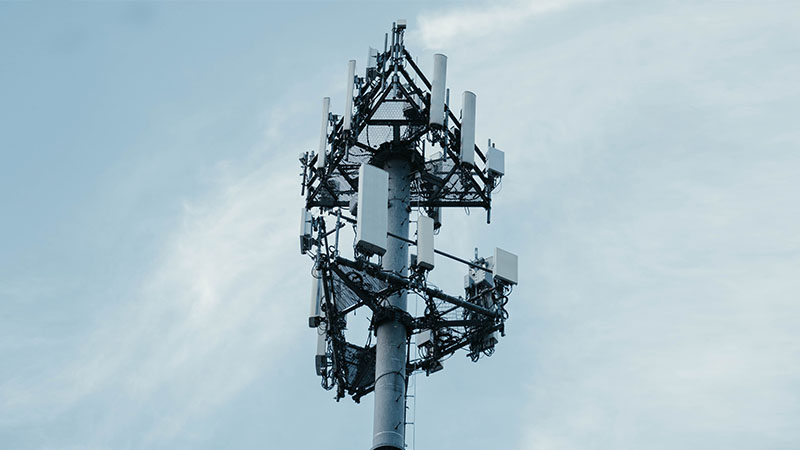Ideal for the highest density ML/AI use cases and for 200G lane rates, co-packaging places the high-density optical engine right next to the ASIC. This approach maintains signal integrity and I/O density, the next best thing to native optical I/O. Nubis’s architecture achieves ultra-high density which enables the closest placement of near-package optics (NPO), as well as scaling natively to pure chiplet designs in the future.
Nubis’s linear optical engine supports either retimed or linear pluggable transceivers. With 16 full-duplex lanes available and no protocol-specific elements, it can provide dual 800G-DR8, quad 400G-DR4 Ethernet or PCIe Gen 6.0 x16 and support for proprietary protocols.
Active optical cables (AOC) are a rapidly growing product segment driven by its shared convenient deployment model of direct-attach copper cables (DAC) but with lighter weight and longer reach. Nubis’s advanced Linear Optics Engine supports AOCs with superior signal integrity and minimum power consumption.
Active copper cables (ACC) extend the reach of copper which has emerged as an industry painpoint at 200G. Nubis’s Nitro Linear Redriver extends passive cable reach of 2m to 4m which can reach the next rack, or alternatively to reduce the weight of the cable for within the rack applications.

AI workloads continue to exceed even the most optimistic projections. The dramatic changes are not just growth but change. First training model sizes exploded, then inference became the hot spot for unanticipated infrastructure demand. Both scale-up and scale-out networks to support AI will be pushed to keep up with the ever-changing requirements in a sustainable way as AI matures from generative AI to agentic AI to physical AI.

The industry’s most advanced Ethernet switch chip capacities are 102.4 Tbps with 1024 lanes of 112 Gbps today, migrating to 512 lanes of 224 Gbps.
As the power of optics starts exceeding 50% of the total power of Ethernet switches, cloud data center operators are looking for new system designs to reduce this optical power in order to enable the continued scaling of their data centers.

Massive MIMO, for 5G today and 6G in the future, drives more antennas per tower and faster data rates per antenna. The front-haul network connects the base station functions that are split into a baseband unit (BBU) portion at or near the base of the antenna with the remote radio head (RRH) up the mast with the antenna.
Fronthaul capacities are 10x backhaul capacities, and fronthaul data rates are growing to Tbps for 5G/6G. Low power and high density are critical requirements due to the constraints of the RRH location.
Copyright Nubis Inc. © 2025 All Rights Reserved